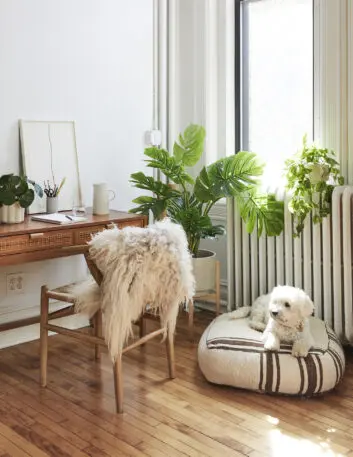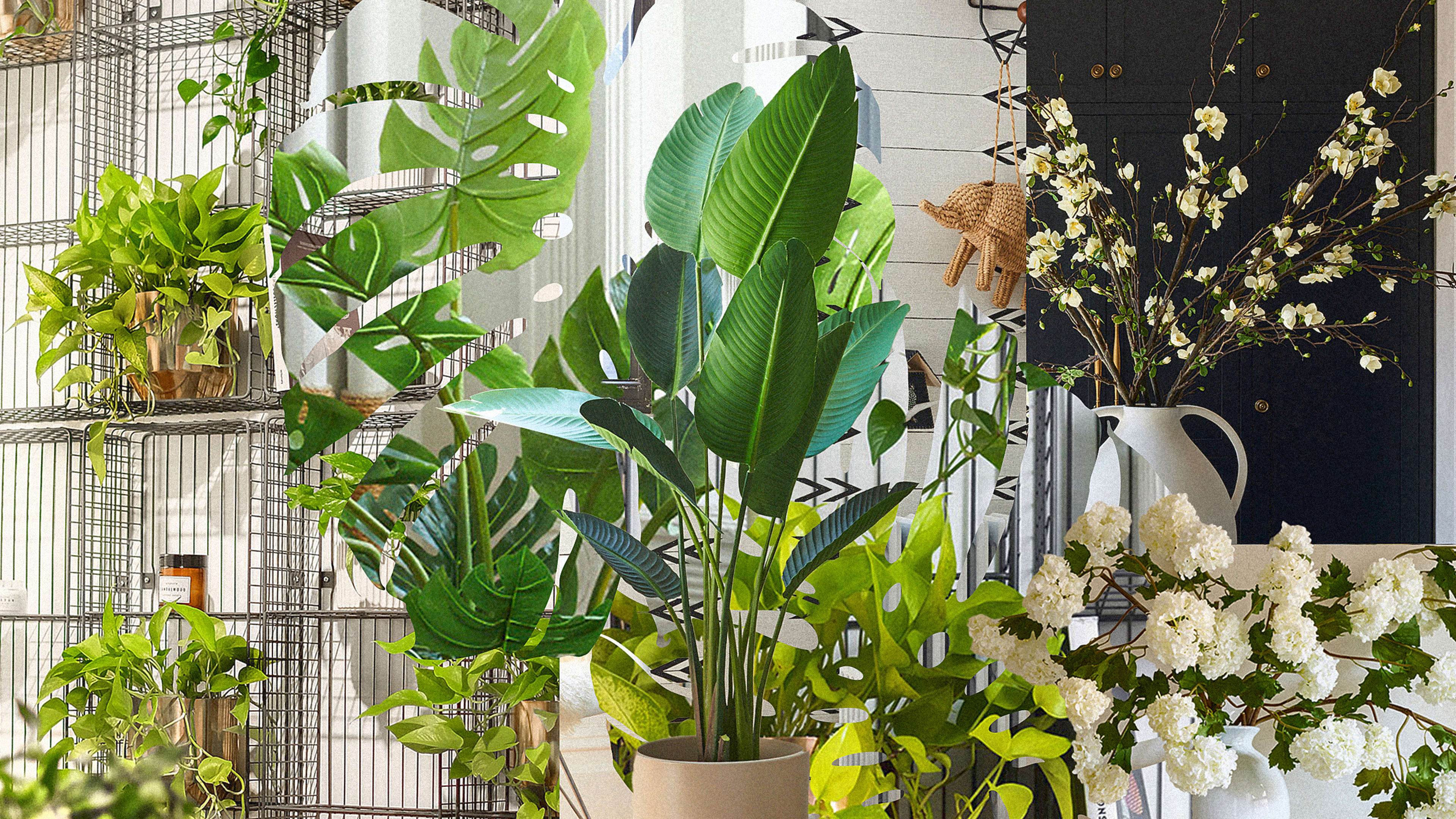On New Year’s Eve 2022, my husband and I brought a controversial gift to a friend’s house party: a white orchid bestowed on us by my mother-in-law, so we don’t show up empty-handed. (Moms.)
Orchids are notoriously hard to care for, so I was aghast when a few hours into the party, one of the guests, evidently worried about its dry soil, just dumped a glass of water over it. I needn’t have worried, though, because the water bounced right off the soil and spilled all over the table.
The soil was plastic, the orchid was fake, and every single person in the room had fallen for it—my mother-in-law and myself included.

The New Year’s Eve orchid, as it shall henceforth be known, symbolizes a new era in the history of house plants. Once an instant indicator of low-brow taste and garish interiors, fake plants—also known as artificial plants, faux plants, or permanent botanicals if you’re feeling fancy—are becoming increasingly realistic and increasingly popular.
Recognize your brand’s excellence by applying to this year’s Brands That Matter Awards before the final deadline, June 7.
Sign up for Brands That Matter notifications here.
